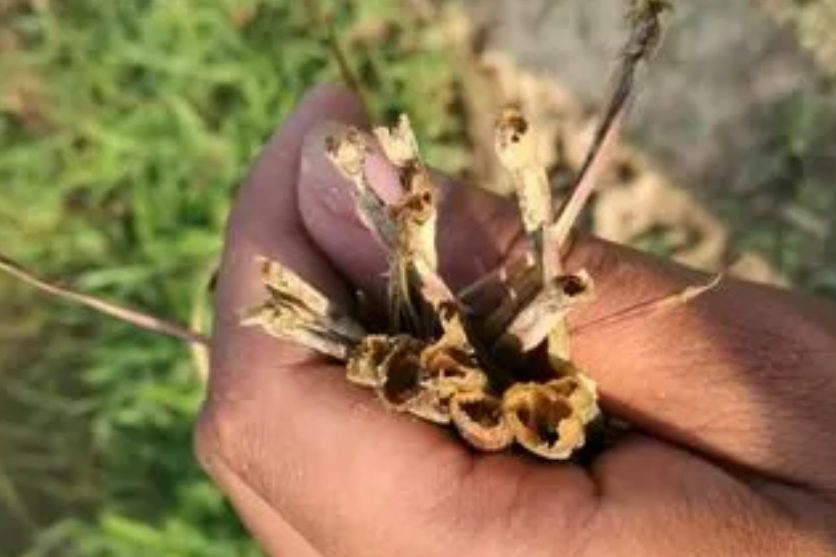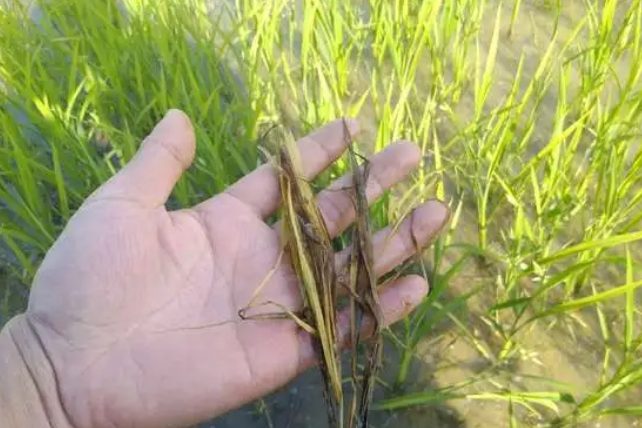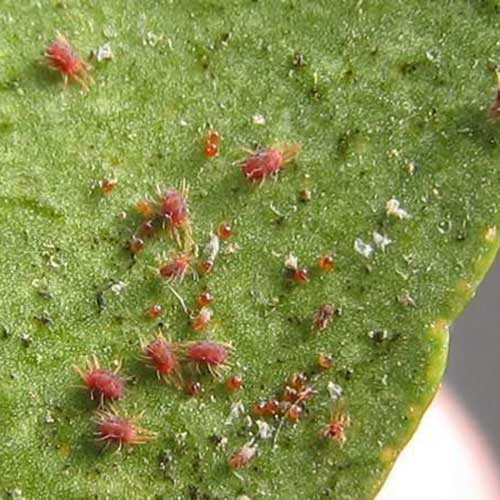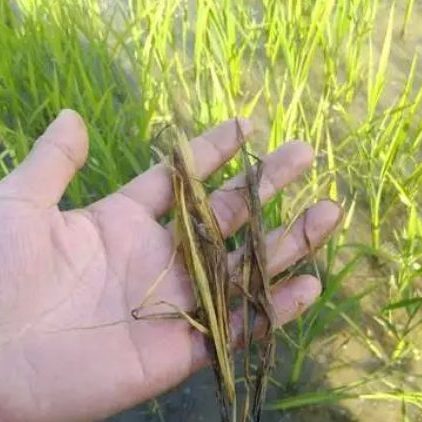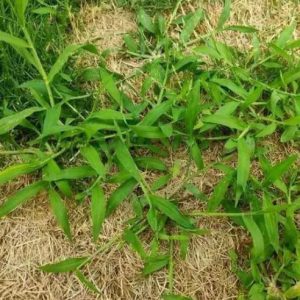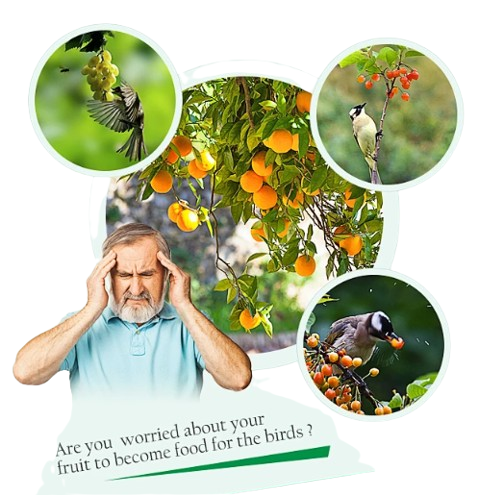
Shijiazhuang Youge Biotechnology Co., Ltd.: Only produces high-quality pesticide products to make farming easier for farmers around the world!
Product Catalog
Emamectin Benzoate
Spinosad
Bacillus thuringiensis
Spirodiclofen
Pyridaben
Etoxazole
Hexythiazox
Bifenazate
Propargite
Amitraz
Lufenuron
Thiamethoxam
Acetamiprid
Imidaclorprid
Nitenpyram
Flonicamid
Dinotefuran
Permethrin
Cypermethrin
Alpha cypermethrin
Beta cypermethrin
Fenvalerate
Lambda-cyhalothrin
Bifenthrin
Beta-cyfluthrin
Deltamethrin
Carbofuran
Carbosulfan
Methomyl
Carbaryl
Oxamyl
Chlorpyrifos
Dimethoate
Malathion
DDVP
Triazophos
Profenofos
Phoxim
Acephate
Fenitrothion
Diazinon
Monosultap
Cartap
Thiocyclam-hydrogen-xalate
Cyromazine
Pyriproxyfen
Tebufenozide
Buprofezin
Pyrethrins
Indoxacarb
Spirotetramat
Chlorfenapyr
Pymetrozine
Fipronil
Metaldehyde
Tebuconazole
Difenoconazole
Propamocarb
Penconazole
Mancozeb
Pyraclostrobin
Thiophanate methyl
Carbendazim
Chlorothalonil
Hexaconazole
Propineb
Dimethomorph
Propiconazole
Tricyclazole
Metalaxyl-M
Metalaxyl
Hymexazol
Copper oxychloride
Copper hydroxide
Benomyl
Flutriafol
Fosetyl-aluminium
Kresoxim-methyl
Triadimefon
Iprodione
Procymidone
Isoprocarb
Triadimenol
Streptomycin sulfate
Prochloraz
Fludioxonil
Prothioconazole
Boscalid
Thiram
Cymoxanil
Leave your message

Glyphosate is a widely used herbicide. It is best applied before crop emergence or after harvest to minimize its impact on crops. At the same time, it effectively controls weeds.
Here Is A Breakdown Of The Ideal Application Time For Different Types Of Crops:
Use Glyphosate Herbicides on Spring Crops: Glyphosate should be applied before spring crops emerge. Glyphosate is able to kill the stems and leaves of weeds. However, it does not work on the roots of plants, so it can be applied before crops emerge. In the northern hemisphere, this is usually between March and April. This time can prevent weeds from threatening crop growth, thereby increasing yields.
Use Glyphosate Herbicides on Autumn Crops: For autumn crops, it is recommended to apply glyphosate after harvest. Usually between September and October, this time weeds are rampant and herbicides must be sprayed as soon as possible. Otherwise, weed damage is likely to occur. This time helps to remove autumn weeds and promote secondary tillering of crops.
Perennial Weeds: Glyphosate is most effective against perennial weeds when they are actively growing and have dark leaves. Usually applied between July and August. To kill weed roots and prevent seeds from germinating in the soil. By adhering to these recommended times, farmers can optimize the effectiveness of glyphosate applications, resulting in better weed control and increased crop yields.
